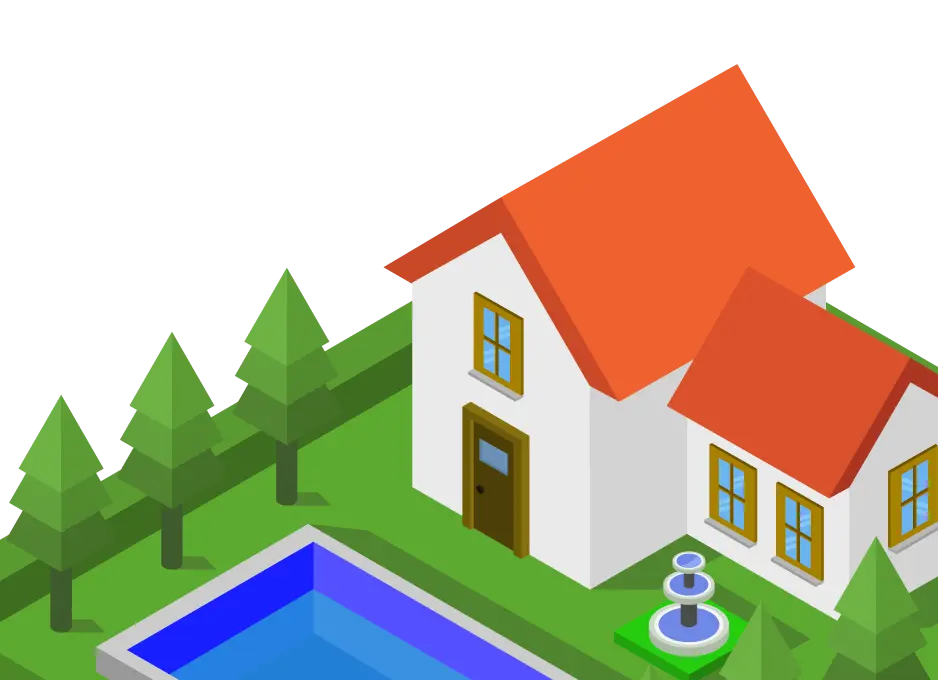House Centipede
House centipedes have a wormlike body, long slender antennae, and 15 pairs of legs. The body is grayish-yellow, is marked with three longitudinal dark stripes, and the legs are encircled with alternating dark and white bands. They can range in length from 3” to 4” and can run very rapidly.
Habits
All centipedes have venom glands and the means to inject their venom. Centipedes use maxillipeds, a modified pair of front legs that curve around the head, as fangs to deliver the venom to captured prey. However, bites are infrequent and even the largest species found in the United States is not sufficiently toxic to be lethal to man. Centipede bites are typically compared to that of a wasp sting. House centipedes are beneficial Chilopods since they feed on silverfish, firebrats, carpet beetle larvae, cockroaches, spiders and other small arthropods. If house centipedes are seen frequently, this indicates that a prey arthropod is in abundance and may signify a greater problem than the presence of the centipedes.
Explore Other Centipedes

Explore Other Pests

About Centipedes
